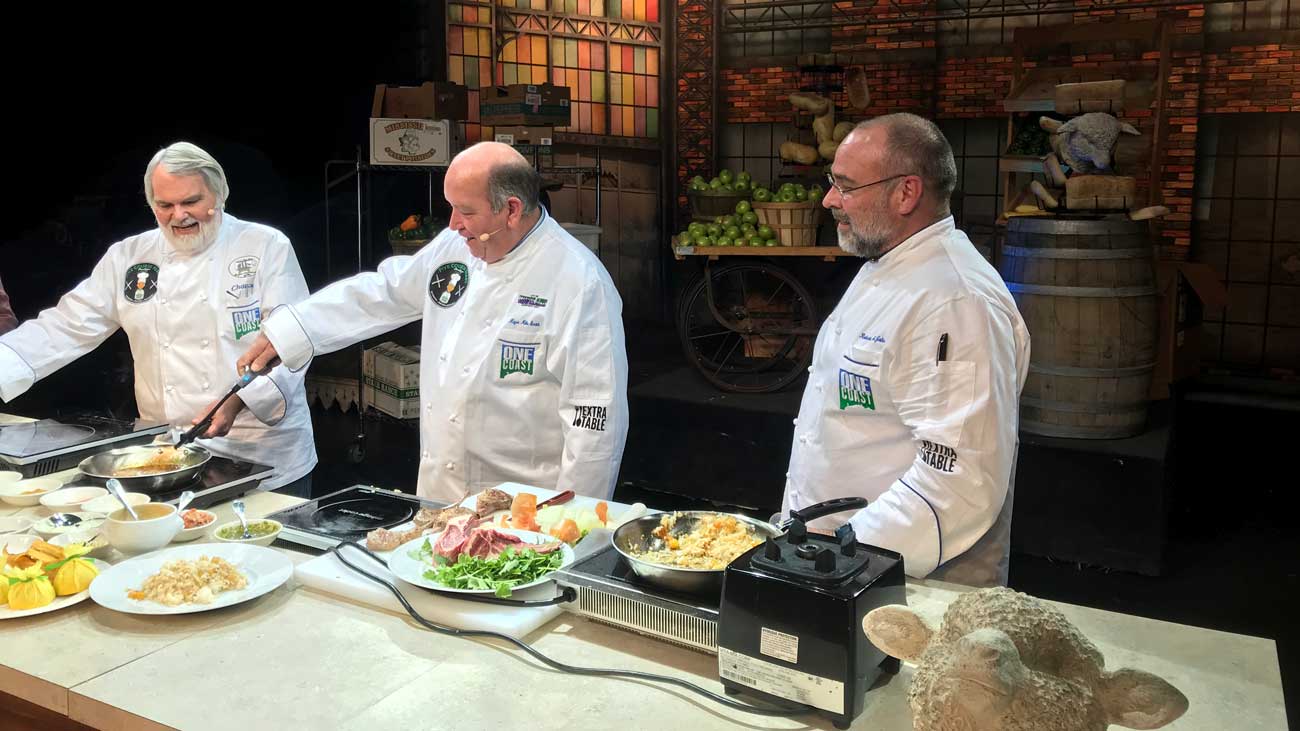BILBAO— During the two and a half years I spent planning this trip, the most common question people asked was, “Which country are you looking forward to visiting the most?”
The answer was always twofold: Italy, because I was going to be working on a book with my friend Wyatt. And Spain, because of everything I had read and heard.
Italy was perfect. The architecture and historical landmarks were awe-inspiring, the people were kind, gracious, and passionate, and the food was fantastic. We are 16 countries into this journey, and I still haven’t been able to top the three-week experience of Tuscany and our week in Milan.
Spain, though, runs a close second. We kicked off the month of December on the high-energy streets of Barcelona, moved to the metropolitan splendor of Madrid, set up camp for two nights in historic Segovia, trekked through the olive groves that line the roads south to Seville, established Andalusian headquarters in the Mediterranean town of Malaga during the holidays, met the monkeys on Gibraltar, made our way up the coast though the orange groves of Valencia, back to Barcelona for a festive New Year’s Eve Catalonian style, and are kicking off 2012 in Basque environs of Bilbao waiting for the Guggenheim to open its doors tomorrow before we say “Adios” to Spain and “Bonjour” to France. If you thought that was a long, tiring sentence, you should have lived it.
There are many reasons to love Spain. The land is diverse, the people are caring and friendly, the architecture is impressive, and the food is inspirational.
Spain is the second-largest consumer of fresh seafood in the world— just behind Japan. To a boy who spent his summers on the Gulf of Mexico, that tweaks my palate perfectly. More than 80 percent of the olives grown in Europe come from an area south of Madrid and north of Seville. The orange groves north of Valencia skirting the Mediterranean towards Barcelona rival any I have seen in Florida or California.
Italy has prosciutto, but Spain has Jamon Iberico, possibly the best ham in the world.
During my stay in Seville, an expatriated Mississippian, Doug Inglis, took my son and me on a trek through the Spanish countryside where I followed the five-year process of Jamon Iberico from the shade of cork trees and holm oaks, where the black pigs forage for acorns, to the town of Jabugo (a municipality so dedicated to ham, the city square is named for it), to a curing facility where 100,000 hams were hanging in the cure house. Afterwards, Inglis, my son, and I ate Jamon Iberico Jabugo until we reached the point of porcine overdose.
As in Italy, the food differs greatly from north to south. High quality ham and fresh seafood is everywhere, but the geographical regions take precedent in the dishes, their contents, and especially their preparation. Obviously, here in the Basque country, French culture and cuisine sneak into the mix and establish a unique fusion.
In Seville, a city that can reach 130 degrees Fahrenheit in August, ovens are too hot to keep in a kitchen and are almost non-existent. Most of the cooked food is flash fried. That can get old quickly, even to a child of the Deep South. As in Naples and Amalfi across the Mediterranean to the west, citrus plays a key role in the cuisine of southern part of the country.
Though, unlike Italy and France where good quality breads can be found almost anywhere (even in petrol stations on toll ways), finely baked breads remained out of reach for the entire month. I did find a good bakery in Seville, but a French woman ran it.
Tapas (pintxos in the Basque country) are a way of life, and that style of dining suits my tastes and eating habits, perfectly. I have always preferred several small-plate starters to a single appetizer and entrée. In America, the restaurant dishes that appeal to me most are usually at the beginning of the menu.
I ate over 90 meals in Spain during the month of December. During those meals I ate over 240 dishes and food items.
None of the meals were as inspiring, creative, and delicious as the ones I spent at Tapeo in Barcelona. It’s been a long time since I have taken as many notes, asked as many questions, and snapped as many photos as I did during my five meals at Tapeo. For me, it is— by far— the most inspirational restaurant concept I have visited in years.
To the average diner, there might not be anything exceptional or out of the ordinary at Tapeo. But something about the food in that place clicked with me. A young husband-and-wife team opened the small 37-seat concept just 18 months ago. Chef/owner Dani Rueda works alongside a sous chef, two server/bartenders, and a prep cook/dishwasher. Five people. That’s it. On busy nights Rueda’s wife, Natalie Ferran assists the two guys working the floor. All food is made a la minute (or whatever the Spanish word is for the process of cooking to order). The menu is surprisingly diverse considering his kitchen consists of a four-burner stove, 18-inch flattop griddle and a counter-top deep fryer. The chef smartly incorporates sous vide cooking in his limited space, a large portion of which is occupied by the typical Jamon Iberico presentation.
Rueda prepared a pork rib dish of which I ate a second helping every time I visited. He spent time teaching me the dish, and I am bringing it back home and putting on one of my menus the day after I arrive.
Earlier this year, while traveling through Denmark, Germany, Austria, Greece, Turkey, and Croatia I lost over 25 pounds. In Spain I found them.
Tomorrow we head to France, and with my lifelong bread addiction kicked in to full-crave mode after a month-long wheat drought in Spain, it looks like I will miss my goal of losing 30 pounds during this trip. Laps up and down the Eiffel and two weeks in England aren’t going to be enough to repair the damage done by the foods of the Iberian Peninsula.



